Best Shade Trees for Fall Color
When it comes to enhancing your outdoor space, shade trees are true champions. Not only do they provide relief from the sun during those hot summer days, but they also play a pivotal role in turning your landscape into a canvas of autumn colors. In this guide, we’re diving deep into the best shade trees that transform into spectacular hues come fall.

Criteria for Selecting Shade Trees for Fall Color
Before you pick a tree for your yard, it’s good to know what makes a great shade tree — especially for that vibrant fall experience:
- Characteristics: Size and growth habits matter; you want a tree that fits your space without overwhelming it.
- Fall Color: Look for trees with varied foliage; some display fiery reds, while others bring soft yellows.
- Climate and Soil: Not all trees thrive everywhere. Understand your local soil type and climate to ensure you choose the right fit.
Top Shade Trees for Fall Color
Maples
Sugar Maple (Acer saccharum)
The Sugar Maple is a favorite for its astonishing fall display. With brilliant yellow, orange, and red leaves, it comes alive in autumn. These trees prefer well-drained, moist soils and can grow significantly large, making them perfect for larger properties.
Red Maple (Acer rubrum)
The Red Maple is a real showstopper, especially in early fall when its vibrant red leaves catch your eye. Plus, it’s quite adaptable, thriving in various soil types, making it a popular choice in many gardens.
Oaks
Northern Red Oak (Quercus rubra)
Standing tall, the Northern Red Oak boasts rich red and brown foliage during fall. They are long-lived and provide key ecological benefits, making them a staple in many landscapes.
White Oak (Quercus alba)
With its soft purple and russet colors come autumn, the White Oak is not just beautiful—it's important for local wildlife. These trees can adapt to various conditions and are worth considering for their longevity.
Sweetgums
Sweetgum (Liquidambar styraciflua)
If you’re after a mix of fall colors, the Sweetgum tree has you covered. Its leaves can display reds, oranges, yellows, and even purples! Not to mention, it has those unique star-shaped leaves that truly stand out.
Other Notable Trees
Tulip Tree (Liriodendron tulipifera)
The Tulip Tree, with its striking yellow and gold fall transitions, also showcases unique tulip-shaped flowers in spring. It’s both stunning and a conversation starter!
London Plane Tree (Platanus × acerifolia)
This tree features a variegated bark and striking yellow foliage that is perfect for urban environments, thanks to its air pollution resistance.
Unique Fall Trees
Sweet Birch (Betula lenta)
With its golden-yellow fall color and aromatic bark, the Sweet Birch is as delightful as it sounds. Historically significant, this tree can be a unique addition to your yard.
Tips for Planting and Caring for Shade Trees
Planting a shade tree is just the first step; here’s how to ensure it thrives:
- Selecting a Site: Choose a location that allows for growth without crowding other plants.
- Soil Preparation: Good soil is key! Make sure it’s well-aerated and rich in nutrients.
- Watering: Newly planted trees need regular watering. Once established, they require less frequent watering.
- Seasonal Maintenance: Prune in late winter for healthy growth and consider fertilizing in the spring.
- Pest Management: Keep an eye out for insects or diseases and address issues promptly to keep your tree healthy.
Conclusion
Choosing the right shade tree enhances not just your yard but also your enjoyment of autumn’s splendor. With so many incredible options to consider, take your time, do your research, and think about the fall colors you want to see every year. Don’t forget to share your favorite fall trees or experiences in the comments below!

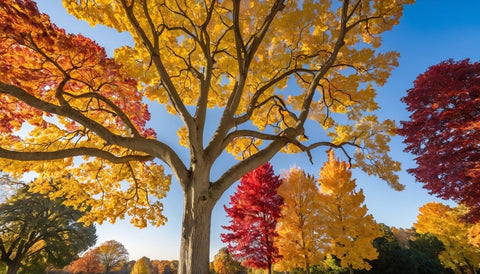
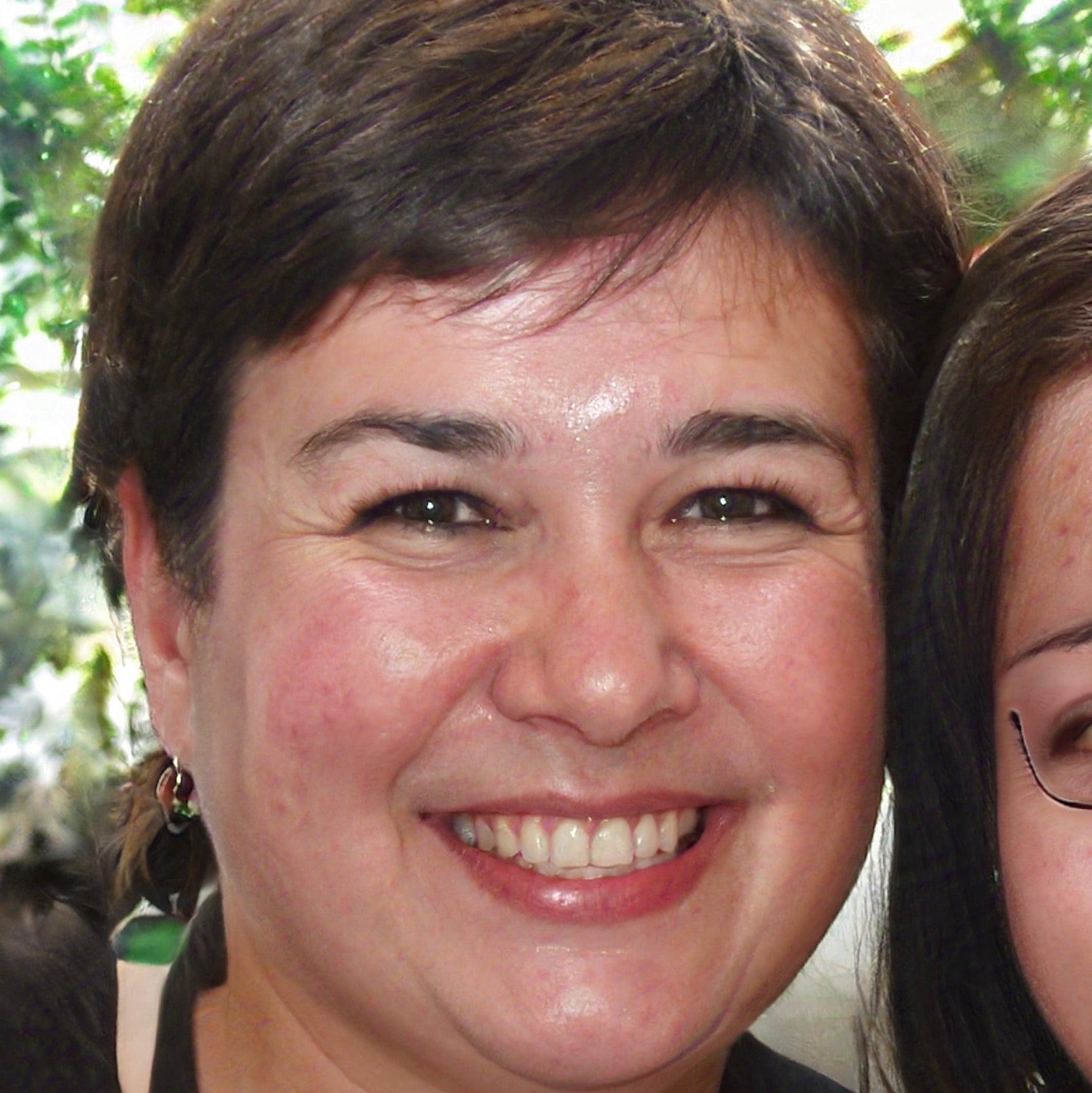
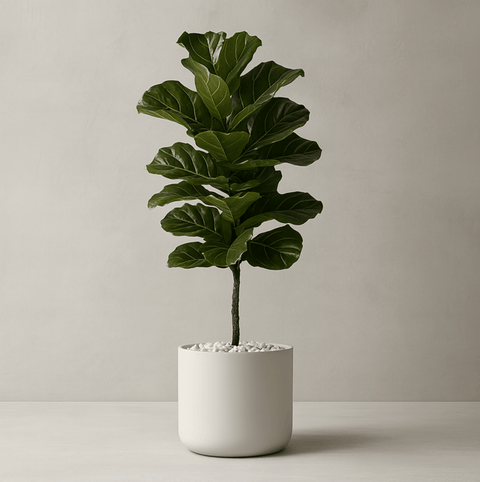
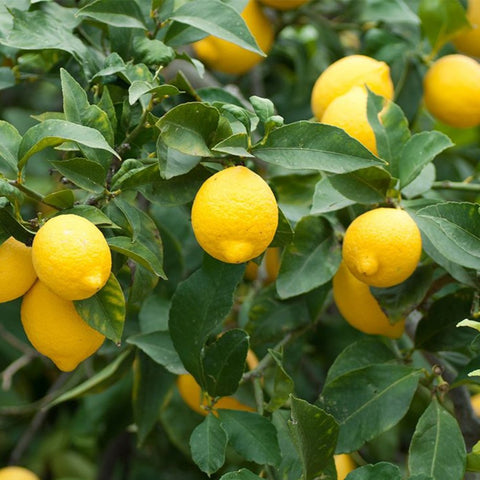
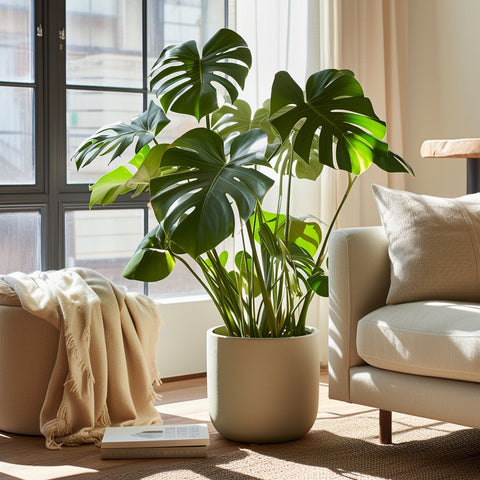
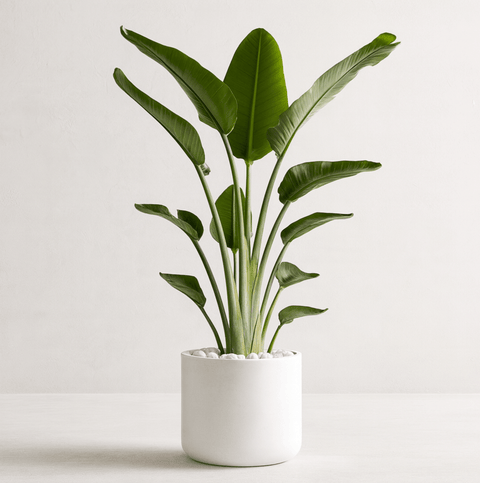
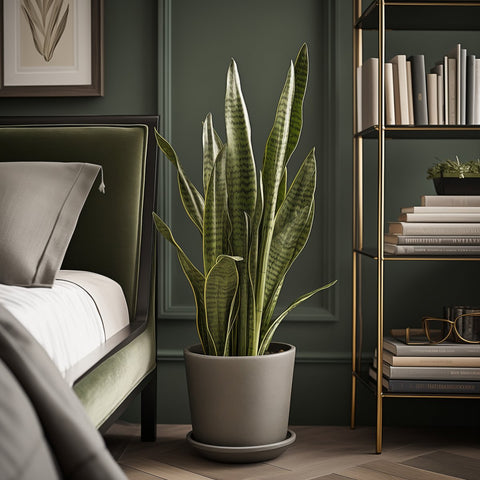
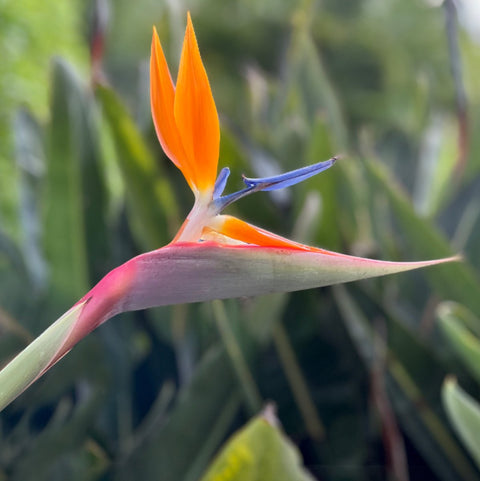
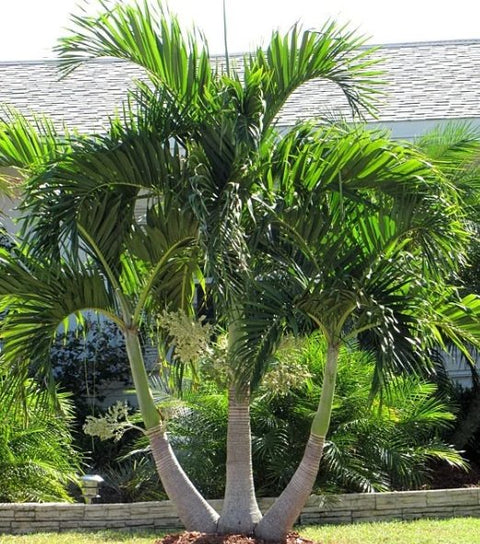
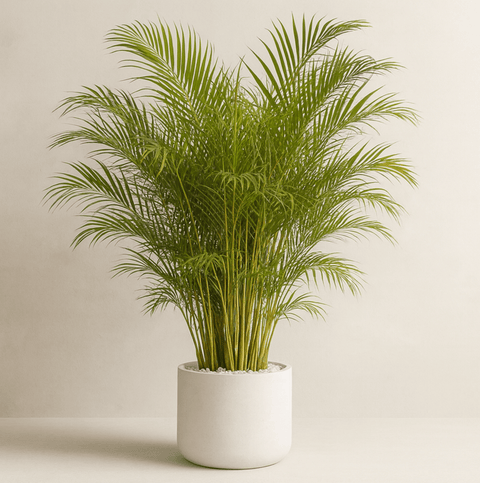
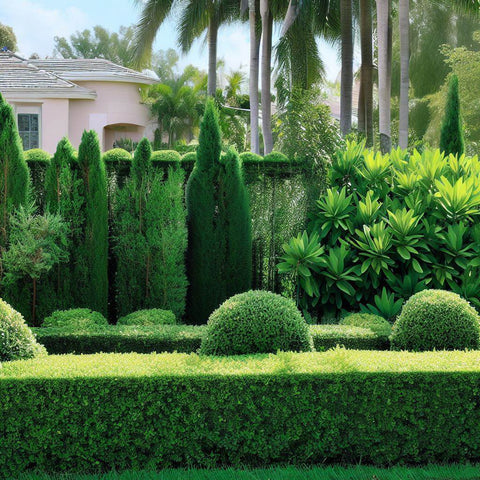
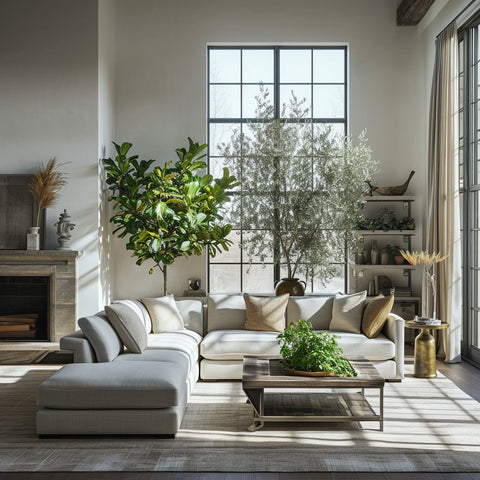
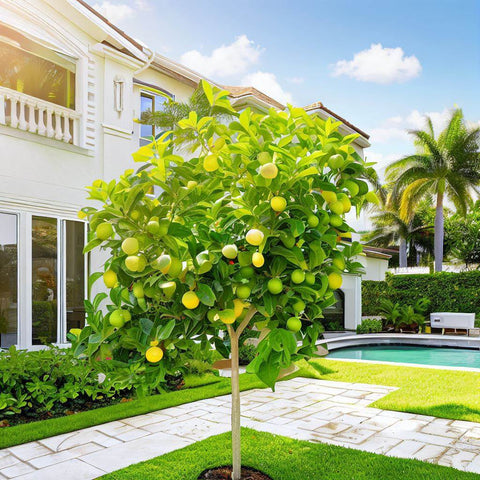
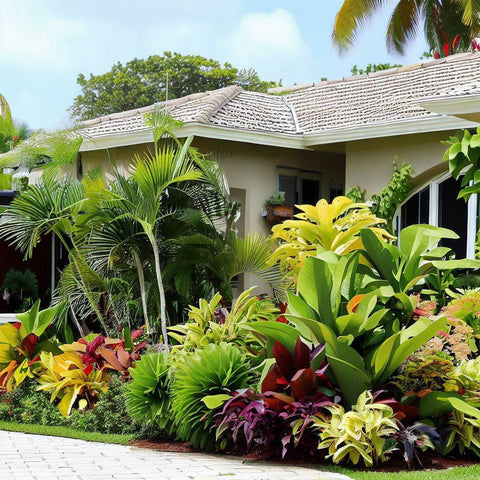
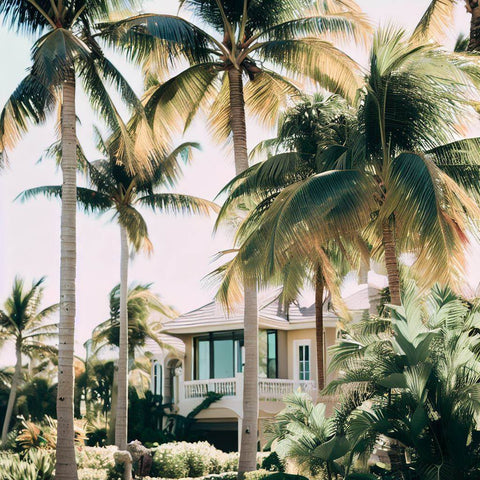
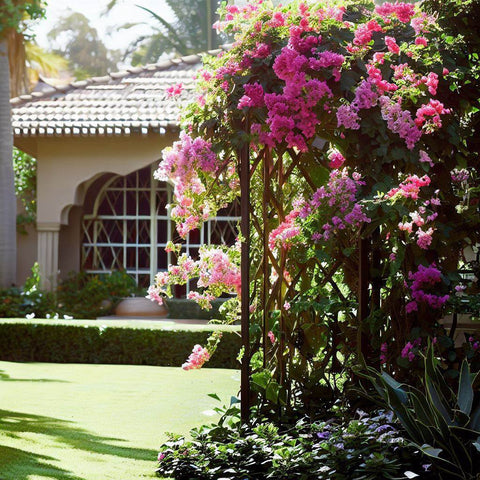
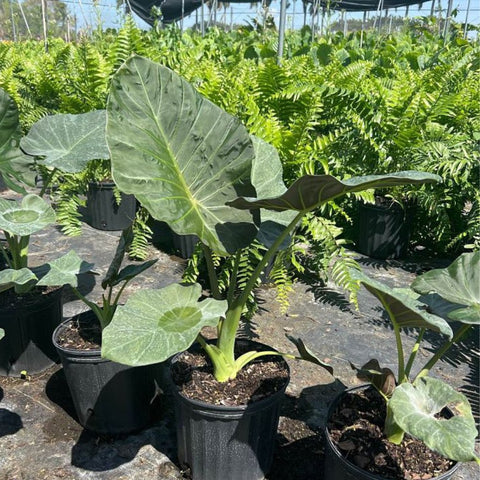
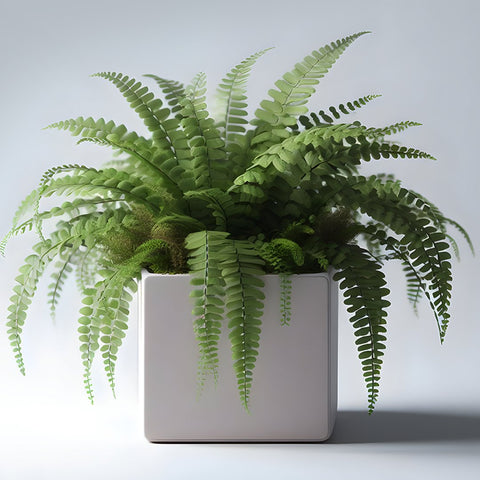
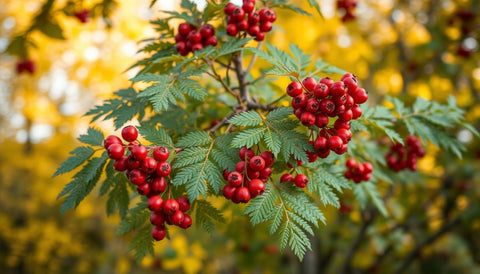
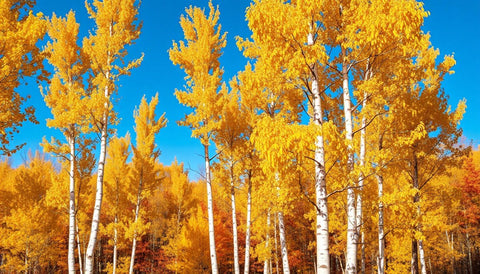


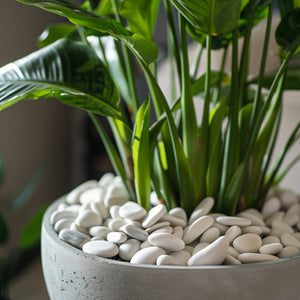

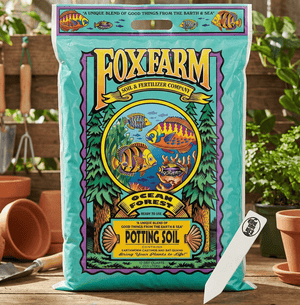
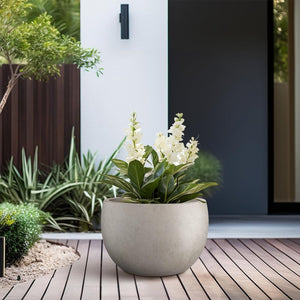



Comments (0)
There are no comments for this article. Be the first one to leave a message!